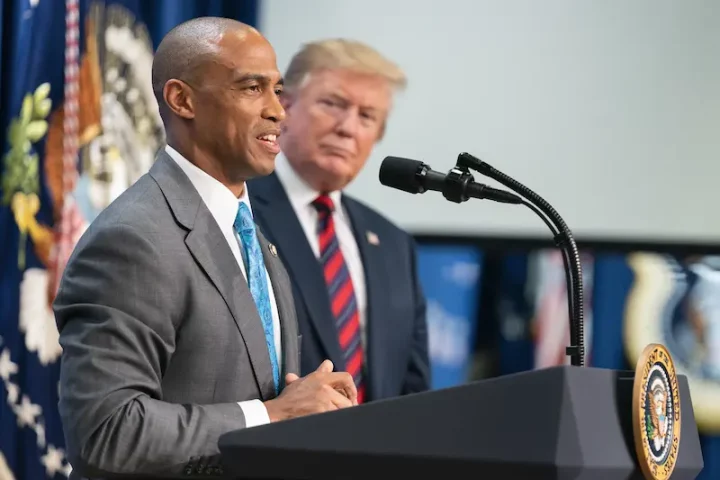Donald Trump has announced plans to implement steep tariffs on goods imported into the United States, targeting a 10% increase for all imports and an intense 60% on products from China. This move is part of his campaign promises, aimed at reshaping U.S. trade relations, particularly with Europe and Asia, to favor domestic industries. Keyword: Trump tariffs on European imports
The Republican candidate’s proposal to impose a blanket 10% tariff could affect everything from automobiles to electronics, disrupting current trade practices. European car manufacturers, who rely heavily on the U.S. market, may see a significant drop in demand as higher costs impact American consumers.
Beyond Europe, the proposed 60% tariff on Chinese imports is expected to escalate trade tensions and drive up costs across the board. Critics warn that such a policy could lead to a trade war, with repercussions for global supply chains and the availability of affordable products in the U.S.
If enacted, these tariffs would fundamentally change the landscape for American businesses and consumers alike. While Trump argues that the tariffs will boost U.S. manufacturing, economists caution that consumers may bear the brunt through higher prices.







